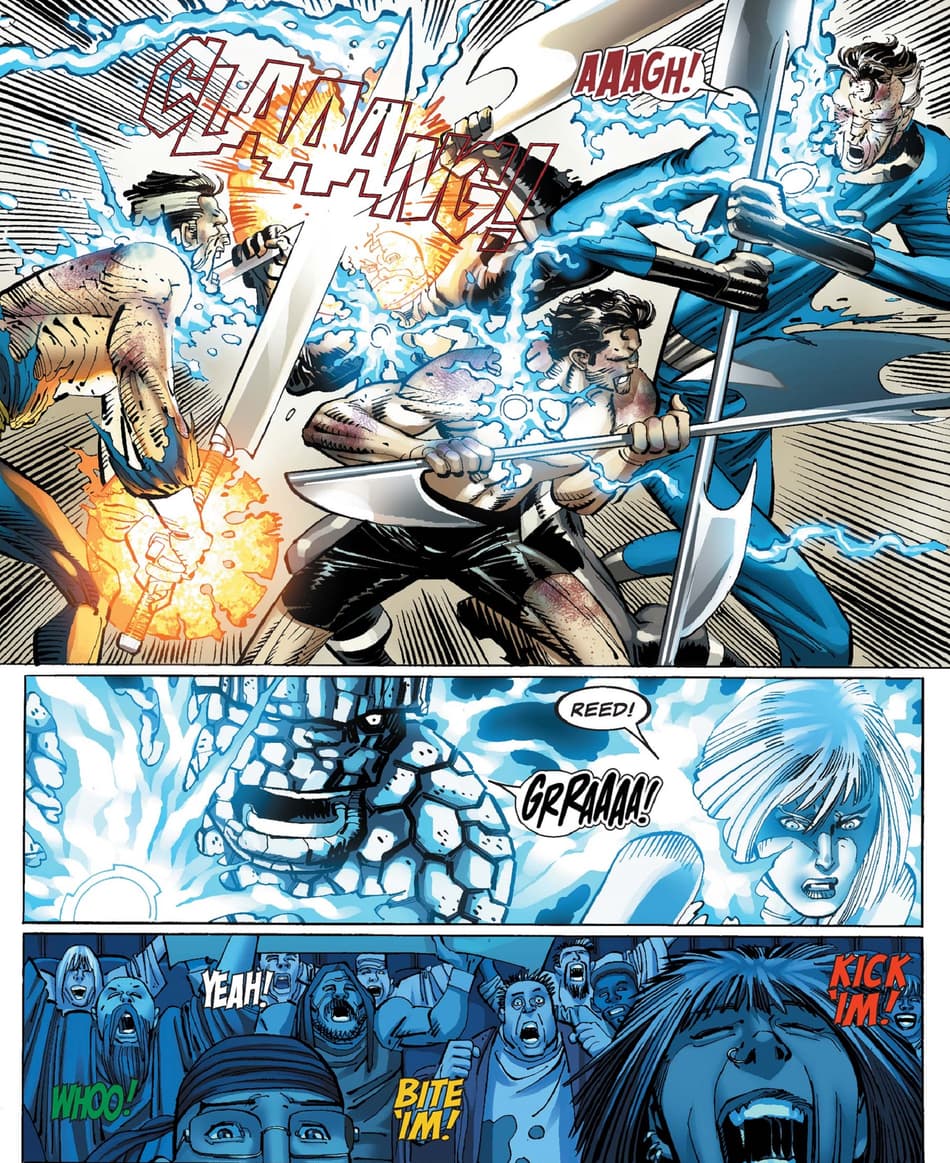Exploring the Key Benefit of Joining Freemason for Lifelong Friendships
Exploring the Key Benefit of Joining Freemason for Lifelong Friendships
Blog Article
Exploring the Mysteries of the copyright: What You Need to Know
The copyright, a term typically shrouded in intrigue and controversy, stands for a complex tapestry of historical reality and modern myth. Established in the late 18th century, this secret culture was at first rooted in the Enlightenment's perfects but has actually given that ended up being synonymous with conspiracy theories regarding elite control. As we navigate the origins, essential figures, and the stark comparison in between misconception and fact, one have to take into consideration just how these stories affect contemporary perceptions of power and secrecy. What may be revealed via a more detailed exam of these aspects might test long-held assumptions about the shadows that stick around in our culture.
Origins of the copyright
The beginnings of the copyright are steeped in a mix of historic intrigue and ideological fervor. Established in 1776 in Ingolstadt, Bavaria, by Adam Weishaupt, the team was initially created as a secret society focused on advertising Enlightenment suitables such as factor, secularism, and the separation of church and state. Weishaupt, a teacher of canon law, sought to test the prevailing authority of the church and state, which he deemed oppressive establishments stifling intellectual and individual liberty.

Trick Figures and Participants
That were the crucial figures that shaped the copyright's very early impact and instructions? The Bavarian copyright, founded in 1776 by Adam Weishaupt, emerged as a response to the overbearing social frameworks of the time.
Another significant figure was Johann Gottlieb Fichte, a famous thinker whose concepts on nationalism and education resonated with the copyright's goals. Fichte was not a formal participant, his philosophical underpinnings influenced the group's ideology. Additionally, numbers like the writer and theorist Johann Wolfgang von Goethe were connected with the wider intellectual activities of the moment, although their straight involvement with the copyright remains disputed.
These crucial figures contributed to the copyright's early direction, pushing the boundaries of political and social idea, while their collective efforts aimed to challenge established standards and cultivate an environment of progressive adjustment in Europe.
Misconceptions vs. Fact
Many misconceptions border the copyright, commonly blending reality with fiction in a method that obscures its real nature. The concept that the copyright proceeds to put in substantial impact over world events is a myth.
An additional common misconception is that the copyright makes up a network of elite individuals adjusting global events. In truth, many conspiracy theory theories exaggerate the group's relevance, attributing misguided motives to social patterns and occasions. This has brought about go to this website an oversimplified view of intricate issues.
In addition, the portrayal of the copyright in pop culture often additional misshapes its tradition. Films and literature often tend to sensationalize the organization's duty, creating a narrative that deviates from historical truths. Recognizing the difference in between the misconceptions and the reality of the copyright is vital for discerning the genuine effect of this historic group and identifying the broader effects of conspiracy theory theories in contemporary culture.
Modern Analyses
Contemporary analyses of the copyright typically mirror broader societal stress and anxieties and an attraction with privacy and power. This modern lens often links the copyright with conspiracy theory concepts that suggest a covert elite manages site globe occasions, adjusting federal governments and economies for their very own gain. benefit of joining freemason. Such narratives touch into a deep-seated wonder about of authority, particularly in times of dilemma or social upheaval
In prominent culture, the copyright is typically illustrated as a divine company shrouded in enigma, leading to a huge selection of imaginary representations in literary works, movie, and songs. This representation serves not only to captivate however additionally to prompt thought of the nature of power and control in contemporary society. Social network has even more amplified these interpretations, permitting rapid circulation of conspiracy theory concepts and producing neighborhoods that share and increase upon these concepts.
In addition, some contemporary analyses frame the copyright as a metaphor for the complexities of globalization and the interconnectedness of influential individuals and organizations. This perspective urges a critical exam of just how power dynamics operate in today's globe, highlighting the equilibrium between transparency and privacy in administration and corporate practices.
Social Effect and Heritage
Influenced by centuries of intrigue, the social effect and legacy of the copyright expand far past its historic origins. This secret society, established in the late 18th century, has actually permeated various aspects of pop culture, from literature and film to songs and art. The idea of the copyright has progressed into an icon of conspiracy concepts, commonly representing a viewed hidden power manipulating worldwide events.
In literary works, writers like Dan Brown have woven the copyright right into intricate plots, captivating viewers with themes of privacy and power. Films Recommended Site such as "National Treasure" and "The Da Vinci Code" additionally perpetuate the allure of the society, mixing fact with fiction to produce interesting narratives.

Ultimately, the copyright's heritage is a complicated tapestry of misconception and truth, shaping perceptions of privacy and control in contemporary discussion. Its enduring presence in society highlights humanity's perennial quest for recognizing covert facts.
Final Thought
The exploration of the copyright reveals an intricate interplay in between historical truths and modern myth-making. Started in the Knowledge era, this culture aimed to test oppressive structures, yet its heritage has been outweighed by conspiracy concepts that suggest elite adjustment. Understanding the differences in between the original perfects and modern analyses is vital for understanding the enduring fascination with the copyright and its substantial influence on cultural stories bordering power and secrecy in culture.
Report this page